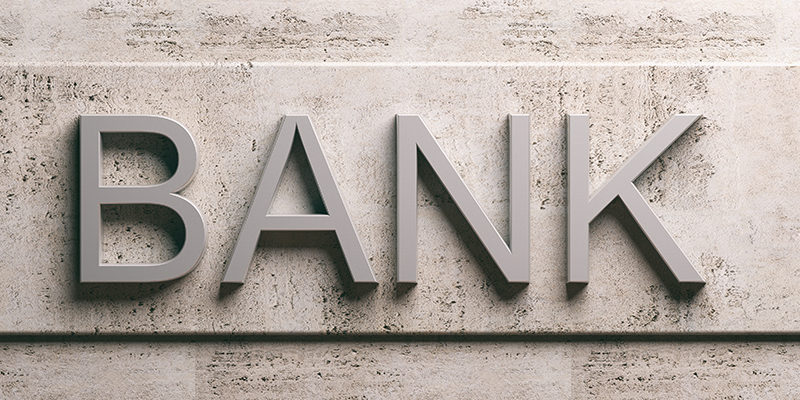Reserve Bank of India formulated a scheme whereby a bank may raise funds by issuing Usance Promissory Notes in convenient lots and maturities on the strength of genuine trade bills discounted by it. Under the above scheme, Scheduled Commercial banks and permitted financial entities may invest by way of rediscounting trade bills of other eligible banks against a Derivative Usance Promissory Note (UPN) issued by such banks. This scheme is known as the Bills Rediscounting Scheme (BRDS).
The bank borrowing under the BRDS scheme issues a Derivative Usance Promissory Note to the lender as well as a certificate that the bank holds eligible bills, equal to the amount of the transaction on its books. Further, borrowing (discounting) banks will hold and continue to hold such unencumbered usance bills till the date of maturity of the Derivative Usance Promissory Note. In case any of the bills mature during the currency of the derivative Usance Promissory Note (UPN), such bills should be replaced by fresh eligible bills discounted by the bank issuing such derivative UPN.
Features of BRDS:
The UPN should be backed by unencumbered Usance Bills of Exchange of at least equal value not fallen due for payment drawn or endorsed in favour of the subscriber/lender arising out of bona fide commercial or trade transaction on which the required stamp duty is paid.
The advances of a bank borrowing under BRDS get reduced to the extent of borrowing while it shows as an advance on the latter’s book.
It is not tradable.
Tenor: The minimum tenor of a BRDS transaction is 15 days and the maximum tenor is 90 days. (The unexpired tenor of the bill should not be more than 90 days).
Investors: banks, PDs, FIs, and Mutual Funds.
The bank availing of rediscounting facilities against bills earlier discounted by it is required to maintain a register containing true and full particulars of usance bills held by it in respect of each promissory note so that the entries in the register can be verified.




